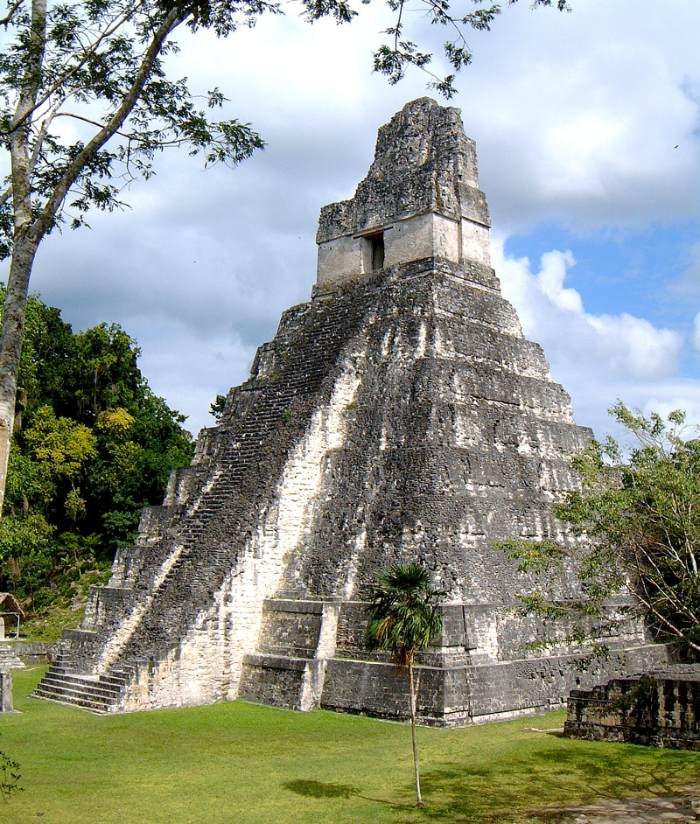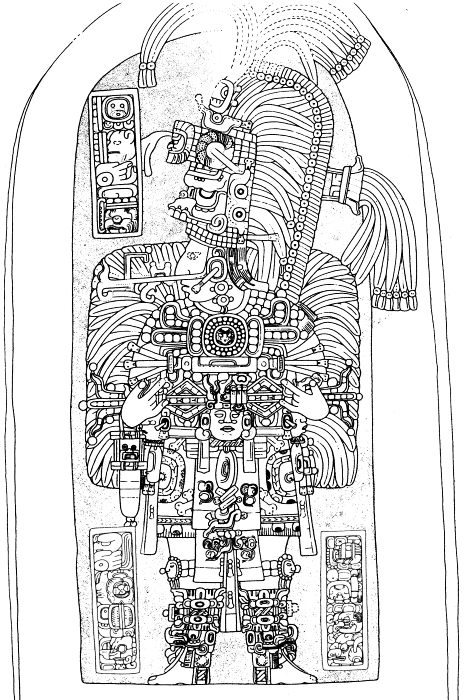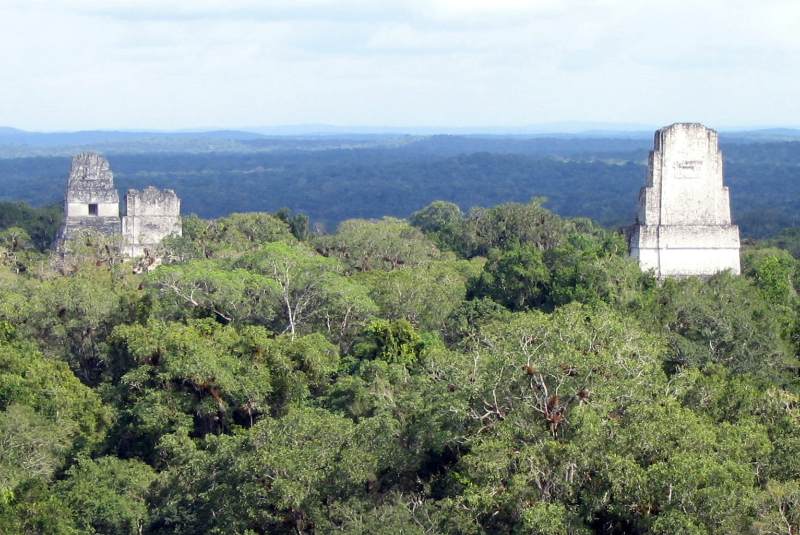Temples, palaces, and pyramids from the pre-Columbian metropolis of Tikal rise from the tropical forest floor. North of modern-day Guatemala is where archaeologists uncovered this vanished civilization in 1848. Tikal, a Maya city-temple complex constructed in the Petén Basin to the north of modern-day Guatemala, has been called the “Angkor Wat of the Americas.” Its construction began in the 4th century BC. It was here that the Maya’s most powerful empire ruled over the whole Yucatán peninsula in southern Mexico during its heyday, between the years 200 and 900.
As the primary political, cultural, and military unit of this pre-Columbian society, city-states were crucial to its success. However, at the fall of the Mayan kingdom in the 10th century, the city’s 100,000 residents left, and the forest eventually engulfed it. A team of explorers didn’t find the remains of Tikal until 1848, and another century passed before the remains of Tikal became the focus of serious archaeology.
Tikal is one of Guatemala’s major tourist attractions

Tikal’s main, tourist-accessible section is 6.2 square miles (16 square kilometers) in size and contains the vast majority of its interesting landmarks. The Great Plaza serves as the focal point of the design and is framed by four distinct architectural ensembles.
The Great Jaguar Temple has a pyramidal construction with a crest that soars 155 feet (47 meters) into the air on the temple’s eastern side at 9 degrees. It was constructed about the year 734 and is the last resting place of Jasaw Chan K’awiil (also known as “Ah Cacao” or “Lord Chocolate“), the 26th king of the at least 33-king Tikal dynasty.

Before him lies the Temple of the Masks, where his wife, Lahan Unen Mo’, was most likely interred. Other Mayan royals were buried in a jumble of ancient houses located to the north, which are connected by flights of stairs.
Several palaces opened on patios, used as honorary residences but likely used by the government, are aligned on 705 feet (215 meters) to the south, making up the central Acropolis.
Another group of 33 buildings can be seen to the south-west of the Great Plaza in Tikal; among them is a 98-foot-tall (30-meter) pyramid adorned with stucco masks depicting the Sun god of Maya. At the time of its discovery, the archaeologists were reminded of the mood of the eponymous book by Conan Doyle, the author of Sherlock Holmes, therefore, the group was dubbed “The Lost World” (The Mundo Perdido) after the novel.
A very small fraction of Tikal has been excavated and cleared

In addition to Temple IV, the westernmost and tallest pre-Columbian sanctuary (213 ft / 65 m), there are other sanctuaries located across the area. The view from the peak is breathtaking and encompasses the entire property of Tikal.
Paths go through a national park between these structures, providing shelter from towering kapok trees (the Maya holy tree). This abundance of structures is only the tip of the iceberg; the metropolis of Tikal covered more than 23 square miles (60 square kilometers) at its peak, of which only a fraction has been cleaned and excavated.
Getting to Tikal requires taking a bus from Flores, a city located approximately 37 miles (60 kilometers) to the south. The majority of travel agencies provide daytime return trips that begin early in the morning.
A stay at one of the few motels near the park’s entrance is your best bet. Despite the steep cost and subpar amenities, you are certain to be on top of the pyramids around 6 a.m., when the sun’s rays reawaken the spider monkeys and cast a golden glow over the ancient structures. Then, an old world that mysteriously reappears.
When is the optimum time to visit Tikal?
During the cooler months of the year, when the heat is manageable and rain is rare. Avoid December and January to avoid the bulk of the tourists.
A number of carved stele from the Tikal ruins are on display at the city’s two museums. You may go on several jungle excursions since the area is encircled by a 222-square-mile (575-square-kilometer) Tikal National Park.


